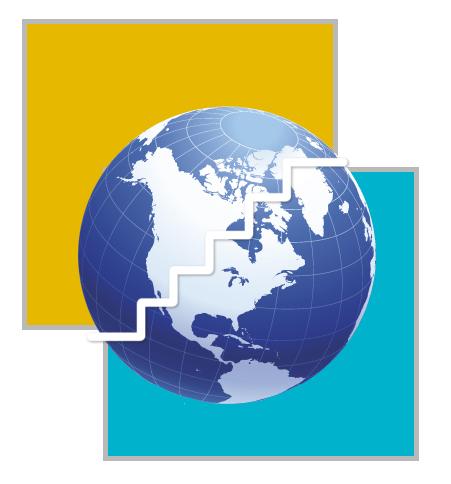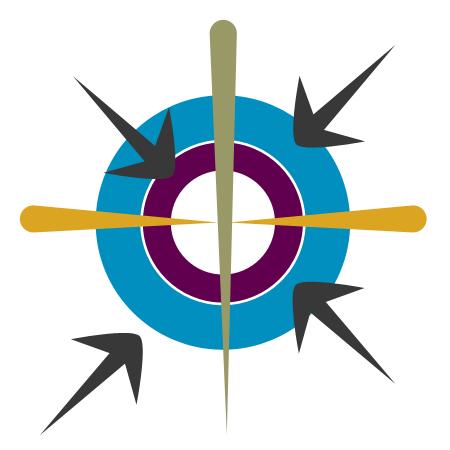MEDIA
Ilmas FUTEHALLY, Semu BHATT: Cost of conflict between India and Pakistan. Mumbai: Strategic Foresight Group. 2004. 109 pp. ISBN 81-88262-04-8. INR 625 (India);US$ 30 (abroad).
Book review, published in: Internationales Asienforum. 36(Mai 2005)1-2. pp. 182-184.
The conflict between India and Pakistan is as old as these two states are; it is even older as the discussion of separate states for the followers of different religions in then British India dates back to the 1920s. At midnight of August 14, 1947 British India was partitioned. Where exactly the dividing line �€“ drawn by the Radcliffe Award �€“ would ultimately be, was not known until the celebrations were over, and the fact, that colonial rule not only ended for British India, but also for hundreds of princely states, complicated affairs even more. Indo-Pakistan relations, thus, have been strained right from the beginning. The major bones of contention were the erstwhile State of Jammu and Kashmir and the waters of the Indus and its eastern tributaries. Wars over Kashmir were fought in 1947-49 und in 1965 and over East Pakistan in 1971. The water dispute could be settled by the Indus Water Treaty in 1960; Bangladesh was recognized in 1974. As for Kashmir Pakistan had to accept the status quo in the Shimla Agreement of 1972. It was only after the end of the �€œRussian�€ war in Afghanistan, i.e. in 1989, that tension in Kashmir, or more precisely in the Indian held part of the state, turned into civil war between what India calls �€œPakistani trained terrorists�€ on the one hand and Indian security forces on the other. After India and Pakistan demonstrated their capabilities with the help of a string of nuclear test explosions in May 1998, the world has begun to taken notice of the dangers of a potential nuclear war in South Asia. The then US president Clinton famously called it �€œthe most dangerous place on earth�€. Since the Indo-Pakistan conflict was unrelated to the East-West conflicted, there was no peace dividend from the break up of the Soviet empire. As early as 1999 it also turned out, that there were no dividends to be expected from nuclear weapons, because nuclear deterrence did not suffice to keep India and Pakistan from conventional war fare: Fighting on the Siachen Glacier went on and heavy artillery fire was exchanged in the Kargil section of the �€œLine of Control�€ that divides Kashmir, over weeks: An imminent war could be prevented after the Chinese and US leaders could convince the Pakistan prime minister to call back his �€œvolunteers�€.
The little book under review deals with the cost of the conflict. It has been brought out by the International Centre for Peace Initiatives and is �€“ according to the acknowledgements �€“ �€œa result of a comprehensive exercise. The co-authors have gained significantly form input provide by inhouse researchers, as well as by external experts from India and Pakistan�€. The project was supported by the Friedrich Naumann Stiftung of Germany and the Christian Michelsen Institute of Norway. The first draft of the report was discussed at a workshop in Colombo in late 2003, immediately before the SAARC summit in Islamabad in January 2004, which re-started the Indo-Pakistan dialogue that was taken up by the new government in India after prime minister Vajpayee, who had initiated this �€œlast�€ attempt to come to an understanding with Pakistan, surprisingly had lost the elections.
The book is basically a collection of background material and information of the kind that one needs for dealing with the topic and which usually is so difficult to gather from the disperse sources. Even the analysis mostly comes in the shape of tables and graphs of the kind, that one needs for lectures and papers. Is starts with a series of �€œBasic Statistical Data�€ on the two neighbours: heads of government, bilateral meetings, timeline of Indo-Pakistan relations and a �€œSwing Model of India-Pakistan Relations�€ which graphically shows how the pendulum swung between peace (Lahore 1999, Agra 2001, Islamabad 2004) and conflict (nuclear tests 1998, Kargil 1999, attack on the Indian parliament 2001). Chapters 1 to 4 deal with the various costs of the conflict: military, social and political, economic, and diplomatic; chapter 5 lays out the costs for Jammu and Kashmir; chapter 6 draws a �€œConflict escalation ladder�€; chapter 7 shows the likely impact of a �€œNuclear Confrontation�€; and chapter 8 recommends to climb the �€œPeace building ladder�€. The publication concludes with sources (arranged chapter-wise) and acknowledgements.
The book is rich in detail, most of which not easily available otherwise. It is targeted at readers in India and Pakistan who know the basics of the conflict. The most shocking chapter deals with the escalation of the conflict, from interference in internal problems, increased terrorist violence, breakdown of bilateral ties, and US intrusion in the dispute to a disintegration of Pakistan State, conventional war and �€“ finally �€“ nuclear war. The terrors of such a war are demonstrated by way of a (hypothetical) case study, i.e. the impact of nuclear attacks on Mumbai and Karachi. The likely impact is described in detail, zones of destruction are mapped, long term effects on health, infrastructure, environment, the economy and the political system are listed.
The book ends with a more positive note: The �€œPeace Building Ladder�€ starts with preparing the ground, initial official contacts and an official dialogue before the groundwork for political breakthrough is layed and a summit meeting can be held. The aim of this exercise, however, is only to defuse the conflict, not to advertise a particular solution of all bilateral problems: �€œOnce adequate preparation is made [...] the Heads of Government of India and Pakistan should meet. They should specifically explore a political solution to all outstanding conflicts, in particular Jammu and Kashmir, and work out a compromise solution in the interest of the security of India and Pakistan and honour and justice for the Kashmiri people.�€ (p. 104).





